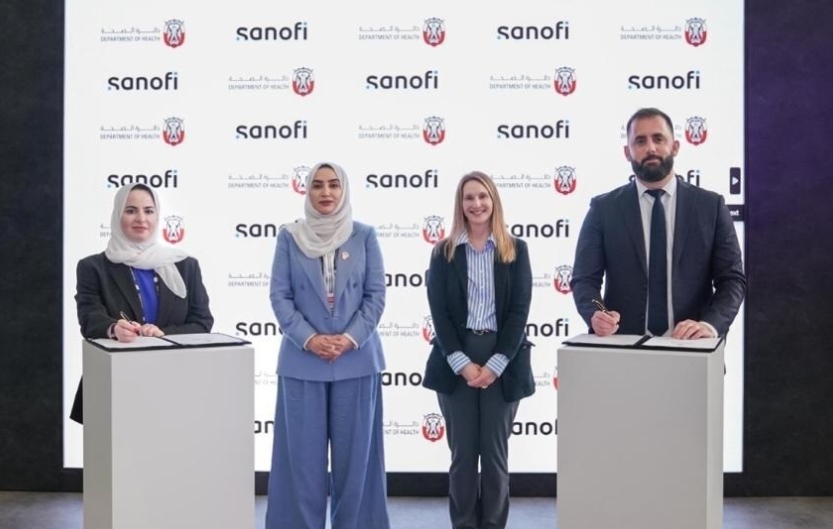
A cross-disciplinary research team from The Chinese University of Hong Kong (CUHK) has developed magnetic tissue plasminogen activator (tPA)-anchored nanorobots (tPA-nbots) to treat ischemic stroke.
The novel technology exhibits a thrombolysis rate 5 to 20 times faster than traditional treatment and capabilities in recanalising more distal and smaller branches. It demonstrates potential to benefit patients by reducing brain damage and minimising side effects.
The team also succeeded in using laser speckle contrast imaging (LSCI) guidance for real-time tracking and delivery of nanorobots and instant monitoring the bloodstream, providing a novel approach for nanorobots-based endovascular intervention therapy. LSCI can monitor the changes in the bloodstream within the area of interest and assess reperfusion status after an ischemic stroke. It ensures delivery efficiency and biomedical safety in complex vascular environments, allowing monitoring and analysis of the thrombolysis process, including changes to the state of the blood clot.
The proposed tPA-nbots with high spatial precision provide a promising robotic tool to enhance thrombolysis efficiency and safety, while side effects and treatment time are greatly reduced. It shows the great potential for clinical translation.




